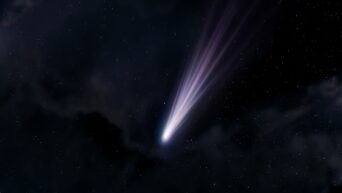Any advanced warning of a volcanic eruption can do wonders for helping people prepare for any kind of disaster that could follow.
With increasing knowledge that the molten rock that feeds volcanoes can be stored in the Earth’s crust for up to a thousand years, predicting when the eruption may occur is a little easier to predict.
Crystal clocks, which are volcanic minerals, are being used by researchers at the University of Cambridge to calculate how long magma can be stored in deep volcanic systems. They can look at the rocks and reconstruct what the eruption was like. This knowledge also helps them understand the kind of conditions the magma was stored in. This helps a little bit in trying to uncover what actually happens in the deeper parts of volcanic systems, since we can’t exactly stick our heads down there.
Understanding how long magma can be stored in the Earth’s crust will certainly help in trying to improve the models used to predict when volcanic eruptions are triggered. The Cambridge researchers state that the speed of magma’s rise and storage is linked to the transfer of heat and chemicals in the crust of volcanic regions.
The crystal clock method helps us see the rates of diffusion of aluminum and chromium within the crystals and how they are zoned. The diffusion of the elements works to get the crystal into the chemical equilibrium and its surroundings. Understanding how fast they diffuse can lead to understanding how long the minerals were stored in the magma.

































